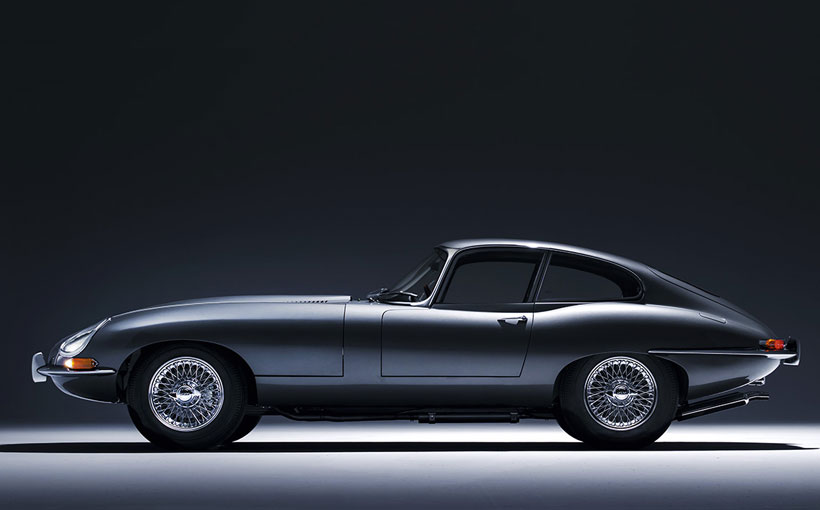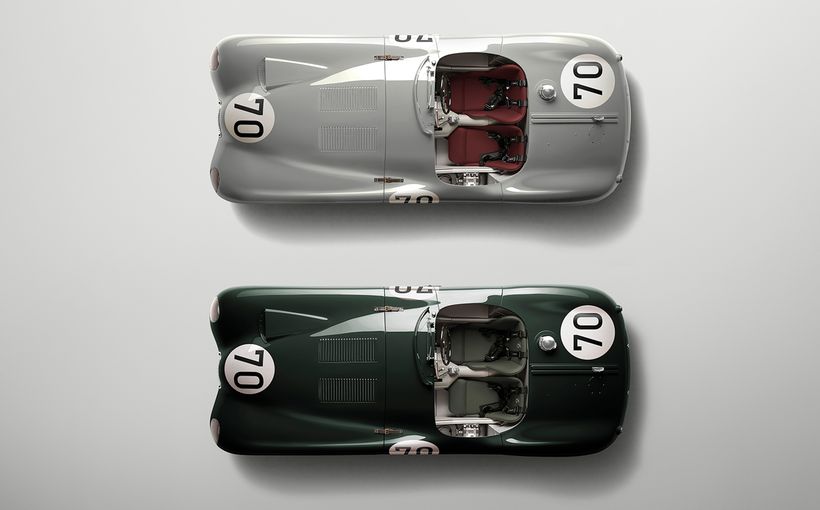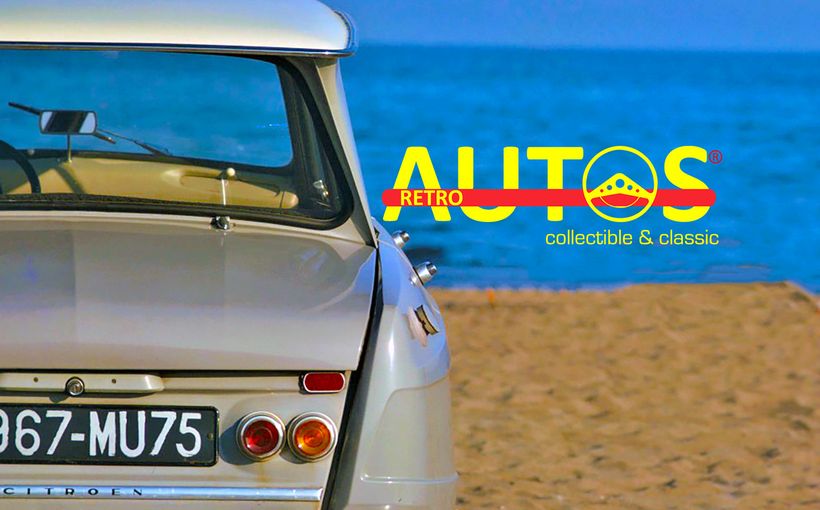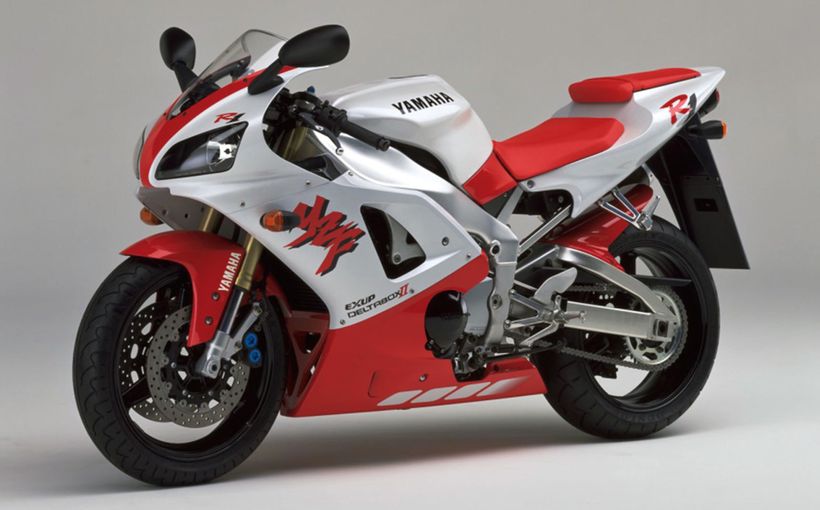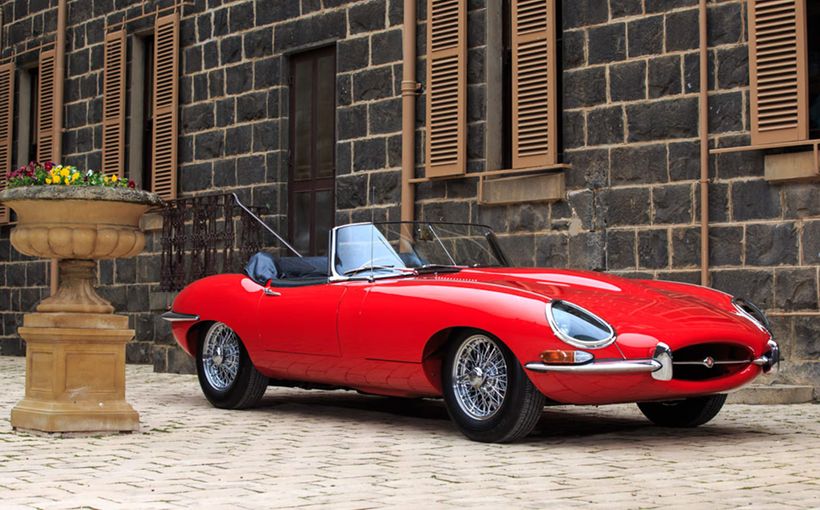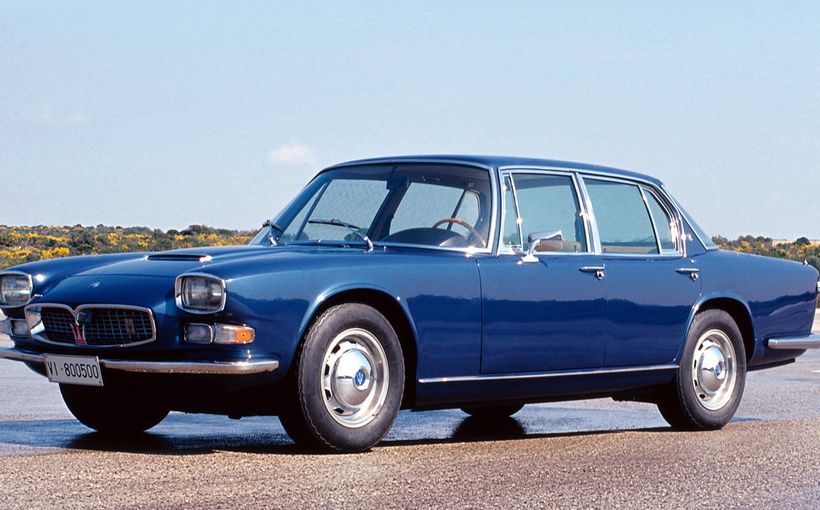Jaguar E-Type: How Jaguar’s 1961 dream car fell short of the hype

The E-Type Jaguar’s legendary status makes it a difficult car to write about without falling into truisms. Rare indeed has any new model invoked such passion and admiration. Enzo Ferrari proclaimed it to be the most beautiful car ever made and celebrities including Frank Sinatra apparently wanted to buy one without even driving it when Jaguar’s most famous sports car made its debut at the Geneva Salon in March 1961.

Three key elements explain the phenomenal appeal of the car. Firstly, to most observers it was gorgeous. Secondly, it was anywhere between one-third and half the price of other sports cars with similar performance. Thirdly, it had a claimed top speed of 150 miles per hour. These three factors were so overwhelming that the car immediately achieved a kind of hero status that it did not perhaps wholly deserve.
What is unquestionable though is the brilliance of its designers. It is said that Sir William Lyons bet engineer Bob Knight five quid that he couldn’t design an independent rear suspension within a month. Knight did. ‘Bill took out his wallet and handed over the £5 without a murmur,’ said Knight, ‘and I realised that I had £5 and Bill had his independent rear suspension.’

For the first time, the 3.8-litre XK engine acquired triple carburettors and it is easy to see how quick this could make a car hundreds of kilograms lighter than the Mark Ten sedan launched several months later and capable of a true 120 miles per hour.
As for the E-Type’s relatively low purchase price, that was also down to Lyons’ brilliance at squeezing suppliers, which often had repercussions in terms of quality!
The E-Type is one of the oldest cars to be discussed in Classic and Racing Garage. I was only eleven when it was introduced and generally smitten with all things automotive. But I do recall the way it was received by enthusiasts. It seems to me that nowadays the Jaguar E-type – always XKE in the US to capitalise on the heritage of the XK120/140/150 models – is best understood as a car that came at the end of an era rather than one pointing the way to the future. Think of it as the culmination of the 1950s.

Let me explain. Sir William Lyons was making his name in the 1950s and was rewarded with a knighthood in 1956. One great success followed another. In 1948 the Jaguar XK120 sports car introduced the fabulous Jaguar twin overhead camshaft XK engine. For model year 1951 came the Mark VII sedan, the car for which the advanced engine had really been designed (the XK120 essentially being an exercise to showcase it before the big sedan was ready).
The Mark VII’s sleek shape and plush traditional English interior appealed not only to British and Continental motorists but, critically, to well-heeled American customers. Many Mark VII buyers were not yet accustomed to what General Motors Chairman, Alfred P. Sloan, jr, called – in masterful understatement – ‘high compression V8 engines.’
The XK engine may have had just six cylinders and a capacity of 3.4 litres but the Mark VII more than had the performance measure of typical mainstream American sedans. Those glorious V8s were mainly found in Cadillacs and Oldsmobiles, while Chevrolets would make do with modest six-cylinder engines until 1955. The Jaguar six was more than a match for the early 1950s Ford V8s. Presumably, too, even some prospective Cadillac and Lincoln buyers preferred the Jaguar’s subtle appearance and comparative absence of chromium brightwork.
(In passing I note that in Alfred Hitchcock’s 1958 masterpiece, Vertigo, the metallic green Mark VIII – an ever so slightly facelifted Mark VII with a soupcon more chrome! – driven by the Kim Novak femme fatale still looks modern compared with the De Soto driven by Jimmy Stewart.)
While the Mark VII evolved slightly through the Mark VIII (still with the two-piece windscreen) and Mark IX with 3.8 litres and front disc brakes, another high note for Lyons was the new compact sedan. The first version was the 2.4 (retrospectively dubbed ‘Mark 1’) which starred at Earls Court in 1955 but the 3.4 which followed in 1957 really hit the spot in the showroom and on racetracks. The more resolved Mark 2 followed in 1959 and Jaguar, it seemed to all the world, could do no wrong. This was the motoring world into which the E-Type drove.

This new Jaguar sports car, then, was the culmination of all the work Jaguar had done in the postwar era. It was the first Jaguar to make its debut in continental Europe rather than in Britain, Sir William Lyons eschewing Earls Court in favour of Geneva, partly because of the earlier timing and partly because he wanted to put the new car right in among the best of the Europeans. It was the undisputed star of the show.
Amazingly, Lyons’ original plan had been to build just 250 E-Types but by the time of the media launch on the eve of the Geneva Salon (15 March) he had revised his plan to at least 1000. The overwhelming response to the car doubtless surprised even the canny Lyons.
Despite some highly advanced elements, in concept the E-Type was still very much the traditional British roadster, as were the MGB and the Triumph TR4. It is best understood as the fabled successor to the XK150S rather than a new kind of car.
I’ll explain more clearly what I mean. The Ford Mustang was revolutionary; the E-Type was a clever evolution. Yes, it was radical in offering the performance of cars costing more than twice as much while matching or beating them on looks (depending on the beholder), but the Mustang took a humdrum sedan and transformed it into a sexy sports car available in three different body styles and, before long, as a Carroll Shelby special. Closer to home, a wealthy young bachelor neighbour on the other side of our tree-lined street in Camberwell, Melbourne, owned a white E-Type. I’d see him washing it on weekends and then one day its place was taken by a glittering gold XR Falcon GT, the first I’d seen and simply breathtaking (though still obviously a Ford rather than a Jaguar)! Now that was a new type of car, an ever so 1960s style of machine, bred from the Mustang!
At the time I was puzzled why anyone would trade a Jaguar sports car on a sedan, however glamorous, but which car would you rather drive of the two?

It was not until the early 1980s, writing a story for Wheels, that I actually took my place behind the wheel of an E-Type. By this stage, my expectations were not high. At the very first advanced driving course in which I participated, I was in MOTOR’s well used office car, a 1981 Honda Accord and it was 1982. Driving around Oran Park at sub-racing speeds I was behind an E-Type. On the straight the driver was able to accelerate away easily but I always caught him in the corners. I was struck by the narrowness of the rear track and the skinniness of the tyres. Then the E-Type actually spun in front of me; I saw it for the old car it was.
In 1961 the automotive world was still comparatively innocent. British motorists drove Ford 105E Anglias, Vauxhall Victors and Hillman Minxes. The Europeans had Renault Dauphines, Volkswagens and Fiat 1100s. In Australia we seemed content with Holden EK automatics or the flash new Ford Falcon. The mere mention of the phrase ‘a hundred and fifty miles per hour’ in this context was almost astonishing. Eighty miles per hour was still a reasonable top speed for an average sedan. Disc brakes even on the front wheels were rare. Independent rear suspension was reserved for serious oddballs like the Triumph Herald already on its road to infamy.
In October 1964 the capacity jumped from 3.8 to 4.2 litres. This had been achieved with a new crankshaft but without claim of additional horsepower. Accompanying this torquier engine was a new all-synchromesh gearbox. The brakes were also improved.
As for the car itself, it had morphed into the (later so-called) Series 1 ½ with assorted modifications. Then in 1966 came the longer, heavier 2 + 2 variant (often derided by critics but much loved by customers then and now).

Two years later came the Series 2 with its larger intake and without the beautiful headlamp fairings, tailored to suit the American market. Veteran Jaguar test driver Norman Dewis has been quoted as saying: ‘That was Lyons’ requirement all the time, America comes first; always top of the list.’ Power steering was fitted for the first time and US market cars got dual twin-choke Stromberg carburettors rather than triple SUs. Blessedly, Australian-delivered cars retained the triples.

In 1971 the Series III arrived with its 5.4-litre V12 engine, wider (but still only six inch) wheels and refreshed styling. Ventilated front disc brakes were welcome. Despite the promised 276 brake horsepower, the Series III made no pretence to being a 150 mph car and Autocar (which had lost it’s The ) recorded a maximum of 143.
Looking back on the E-Type I see a deeply flawed masterpiece. The XK engine reached a new peak with triple carburettors and the (outrageous) claim of 265 brake horsepower. It did have a brilliant independent rear suspension. The styling picked up cues from the racing D-Type and the beautiful XKSS. In fixed hardtop form the body was a work of extreme purity and lovely balance. But it is difficult to conceive how a manufacturer with five victories at le Mans in seven years could have given an all-new sports car such narrow front and rear tracks and such liquorice strap tyres. The track to wheelbase proportion was utterly wrong. For all its potential, the E-Type really did not handle. It did have a very strong monocoque but those deep side sills were built-in rust traps.

In the style of the day, the newspaper and motoring magazine writers were reluctant to criticise the E-Type in any significant way. Sure, they faulted the slow Moss gearbox with its unsynchronised first gear, the uncomfortable seats, cramped interior and the impractical latches for the convertible hood. But the rest was unadulterated rave. The British economy was still far from flash. To fault a brand new star-attraction Jaguar would have been a bit like having a go at the Royal Family (not quite the done thing at that time!). It was equally well received in Australia, where prospective E-Type rivals such as Aston Martins, Ferraris and Maseratis were rarely sighted. Relative to such cars, it was inexpensive here, too.
The E-Type soldiered on for 13 years, changing significantly in the process. No true successor was introduced until the F-Type well into the next century. But in truth, by the time it slipped off the market the car was utterly outdated. How could the real thing ever – even in 1961 – have lived up to the immediate legend it provoked?

Years later, an interesting truth emerged about the E-Type. Namely, it was not a car that was capable of 150 miles per hour in showroom trim. The mean average V-max achieved in road tests by the two main British motoring magazines (The Autocar and The Motor) was 150.4. Two cars were involved, both running on the supposedly optional Dunlop R5 racing tyres (although why race rubber should be a factory option on a road car is a mystery). The standard and extraordinarily narrow Dunlop Roadspeed 6.40 X 15 cross-plies were not rated for such high speeds.
Interestingly, The Motor commented that:
the 9:1 compression ratio caused a trace of pinking in the 2000-2500rpm band even with 100-octane fuel.
The tyres offered less rolling resistance and even on higher octane fuel the engine was not thoroughly happy. It seems probable that these cars were what were called at the time ‘Bob Berry Specials’ (named for the Jaguar PR manager who was himself a formidable racer). Circumstantial evidence for this conclusion arrives in this 4 February 1966 memo concerning the E-Type 2 + 2:
Mr Knight informed the meeting that no provision has been made for the special engines that were necessary for press performance tests.
Even so, a true top speed of 145 or even 138 mph (as one expert estimated) was remarkable enough in 1961!

The E-Type has been so celebrated down the decades that Jaguar saw a market for a reborn car and duly introduced it in 2017. The Reborn E-Types are original cars rebuilt to exacting standards. The first vehicle to go through the complete E-Type Reborn process was an Opalescent Gunmetal Grey Series 1 4.2 Fixed Head Coupe. Originally exported to California in May 1965, the car recorded 78,000 miles before being stored in 1983. It retained its original matching numbers body shell, engine and gearbox, all of which have been completely rebuilt by Jaguar Classic technicians. The price? A colossal £285,000 (approximately A$470,000). Despite the appeal of an effectively brand new E-Type built to a much higher standard than the original, many collectors would rather own an unrestored example. After all, it’s only original once.


